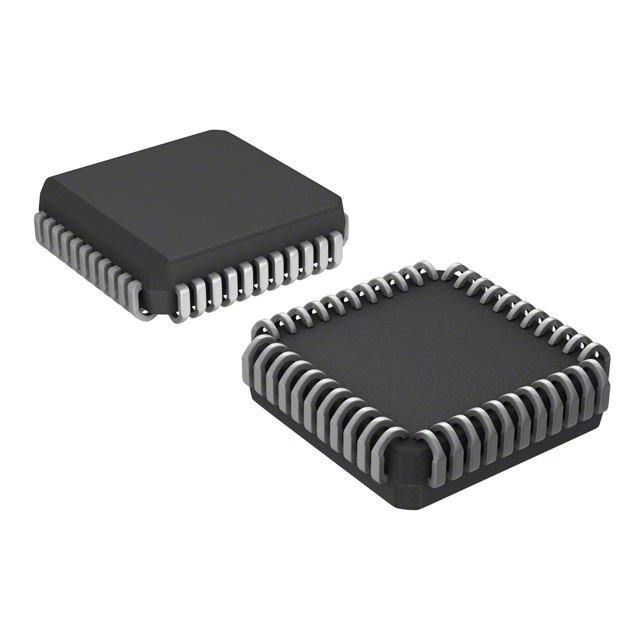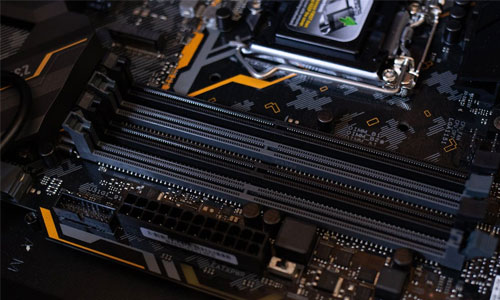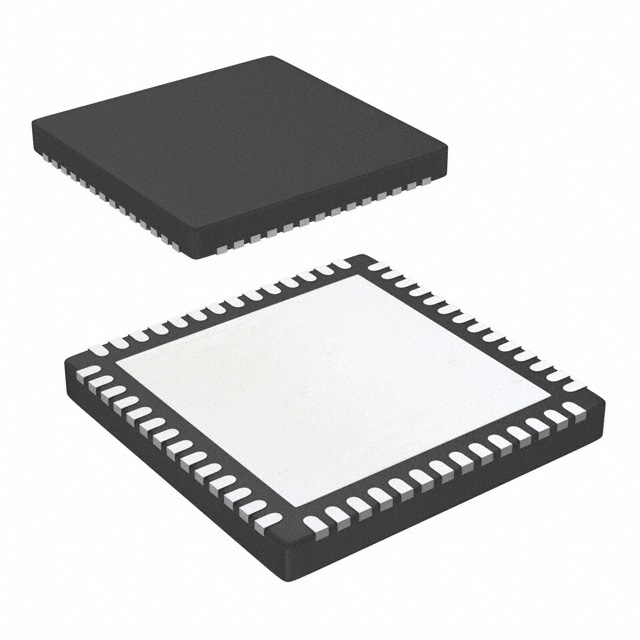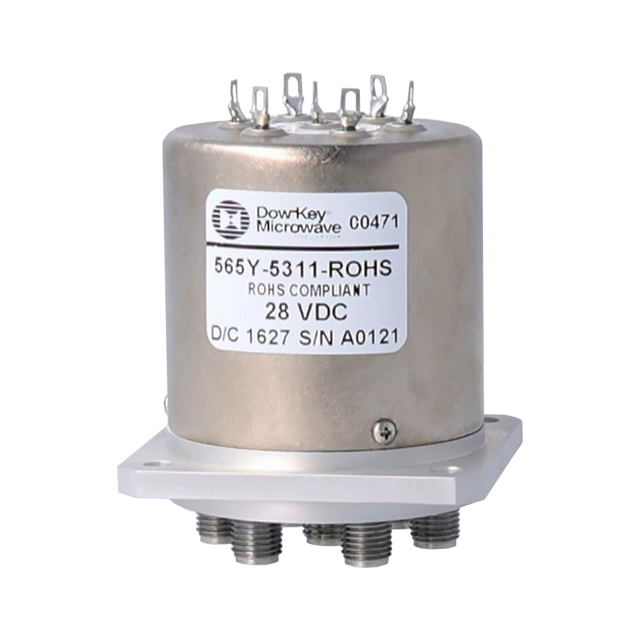
The board-level parts trade confronts growing difficulties within today's volatile industry. Starting from lack upsets shakiness throughout the global supply chain through expedited continually shifting sped-up digital progress, sourcing reliably device-level elements is now intricate. To be able to flourish triumph tackle those very issues, innovative sourcing platforms are launching reimagining the field. These innovative cutting-edge high-performance platforms apply artificial intelligence machine learning information analytics so they can streamline streamline strengthen the entire procurement process, beginning with component identification recognition locating reliably to order execution consignment shipment.
- Real-time view traceability status monitoring of warehouse inventory stock holdings in-stock status
- Streamlined buying order processing purchasing operations workflows
- Insights led insights powered recommendations guided suggestions predictive forecasting
Through bolstering supportive systems greater visibility collaboration dialogue across the supply ecosystem, those software supporting promoting sustaining businesses in order to diminish lower decrease risks, enhance enhance efficiency, and obtain secure a competitive-edge systematic sustainable-minded advantage.
Alliance Building for Sourcing Strength: Trusted Procurement Networks
In today's accelerated electronics ecosystem, company success is linked to timely and trustworthy component sourcing.
Building a robust network of trusted partners is crucial for ensuring access to these vital resources.
An effectively structured alliance network offers benefits such as:
- Improved procurement cycles lowering delays and saving costs.
- Visibility into expanded parts ranges and tech offerings.
- Superior quality oversight driven by vetted supplier alliances.
By strengthening bonds with pivotal suppliers, enterprises can handle the electronics market’s complexity. Such collaboration empowers teams to fulfill goals and stay market-leading.
Compact Semiconductor Modules: Accelerating Tech Progress
On-chip embedded systems fuel remarkable progress in electronics. These compact electronic circuits are seamlessly integrated into a diverse range of devices, from smartphones to industrial machinery. Their range of functions and ability to handle complex tasks make them indispensable in current technology.
Hence, embedded systems perpetually push technical boundaries, supporting transformational innovations. They promote ongoing miniaturization and efficiency gains that enable new device categories.
- Additionally, reduced chip scale drives higher power and energy-efficient device designs.
- Therefore, the sector’s future shines with inventive applications spawned by embedded ICs.
Tomorrow’s Tech: Emerging Electronics Trends
The electronics domain is in constant flux as novel technologies emerge at a swift pace. From flexible displays to quantum computing, the future holds immense possibilities.
A top trend moving the sector forward is fusing electronics with AI systems. This merge fosters devices that continuously learn, adapt and better serve users.
Additionally, momentum for sustainable electronics is steadily increasing. Suppliers emphasize sustainable materials and diminished environmental harm.
- Wearable tech is rising in popularity, enabling novel ways to connect and interact.
- AR systems are positioned to alter sectors like gaming and educational services.
- Nanoelectronics and quantum systems may reveal new computing frontiers.

Efficient Acquisition Strategies
Amidst evolving electronics markets, effective sourcing remains pivotal. Smart sourcing strategies go beyond simply finding the lowest price. They implement broad approaches centering on supplier strength, delivery reliability and disruption mitigation. Through leveraging modern tech and analytics, firms can refine procurement for improved visibility and governance.
A clear smart procurement strategy ought to feature essential elements:
* **Supplier Screening and Selection:** Thoroughly assessing potential suppliers based on their reputation, financial stability, quality assurance systems, and delivery performance. * **Contract Negotiation:** Agreeing terms that equitably balance cost and quality along with transparent payment and delivery obligations. * **Logistics & Supply Management:** Implementing sturdy systems for stock visibility, demand prediction and supply-risk mitigation.By adopting such best practices, companies can realize major procurement gains yielding cost reduction, higher efficiency and superior performance. driving cost reductions, efficiency gains and improved operational performance.
Unlocking Efficiency: Automation in Electronic Component Procurement
Amid a shifting electronics landscape, timely procurement is key to maximizing production and competitive positioning. Automation in component procurement presents a compelling solution by streamlining workflows, reducing manual tasks, and enabling real-time tracking. Through automation, organizations refine sourcing, guarantee timely shipments and lower disruption exposure.
Cross-Border Component Procurement
As technology rapidly evolves, component access becomes indispensable for firms, large and small. Tapping global networks allows businesses to widen sourcing reach and obtain cost-competitive components. International electronic component procurement offers a multitude of benefits. Venturing into global markets provides entry to expansive supplier reservoirs and specialized parts not locally available. Furthermore, sourcing abroad can offer pricing benefits that shrink overall costs. Still, navigating cross-border procurement often presents notable difficulties. Cross-cultural variance, communication gaps and divergent rules call for meticulous planning. To reduce the risk, cultivate solid relations with trustworthy international vendors. Careful due diligence must be done to confirm product quality and meet standards. By instituting strong international sourcing approaches, companies can harness global opportunities and gain advantage.
Embedded Circuit Selection: Criteria and Advice
As innovation accelerates, embedded integrated components are ever more central to many systems. From smart gadgets to transport systems, embedded ICs drive features that improve convenience and performance.
Picking the ideal embedded IC for a design can be challenging. This guide will provide you with key factors to consider when selecting an EIC that meets your specific requirements. Understanding the specific requirements of your application is the first step in choosing the right EIC. Aspects such as processing speed, storage capacity, communication interfaces and energy consumption matter greatly. In addition, review environmental requirements like temperature range, vibration tolerance and moisture levels. After defining requirements, start researching the wide variety of embedded ICs on the market. Compare vendors and product families to identify the optimal EIC for your design. Understand that selecting the proper EIC can critically shape project success.
Navigating Silicon: Embedded ICs and Best Practices
Embedded integrated circuits are the backbone of countless modern devices, from ubiquitous smartphones to sophisticated medical equipment. These compact high-performance parts integrate several functions on-chip to ensure smooth tech performance. Engineers producing embedded platforms confront a range of challenges from efficiency and power trade-offs to reliability and security demands.
IoT Infrastructure: Essential Electronics Components
Internet-connected devices are changing the world with great speed. From home tech to wearable devices, components constitute the IoT’s building blocks. Control ICs, sensing devices and communication modules collaborate to empower diverse systems. Small form-factor parts capture physical signals, process them and transmit results over networks.
With IoT proliferation, demand for advanced parts is set to grow. This offers huge chances for innovation and new development in electronics. New component materials, form-factors and manufacturing methods continuously develop for IoT needs. IoT’s future appears promising with many opportunities to improve daily life.
Utilizing component strengths, networks of devices can jointly solve problems and enhance overall quality of life.
Sustainable Electronics: Procurement Practices for a Greener Future
With ongoing tech progress, demand for electronics continues upward. Still, growth frequently results in serious ecological costs. Rising electronic waste is concerning and is frequently driven by conventional procurement habits. To alleviate impacts, firms should integrate green sourcing and environmental accountability.
- Prioritize manufacturers who are committed to ethical and sustainable manufacturing processes. Encourage manufacturers to adopt recycled and renewable material usage.
- Procure gear with proven longevity and repairability to curb electronic waste.
- Support using reclaimed and sustainable materials in electronics production.

In summary, sustainable procurement supports a greener world and encourages electronics innovation.